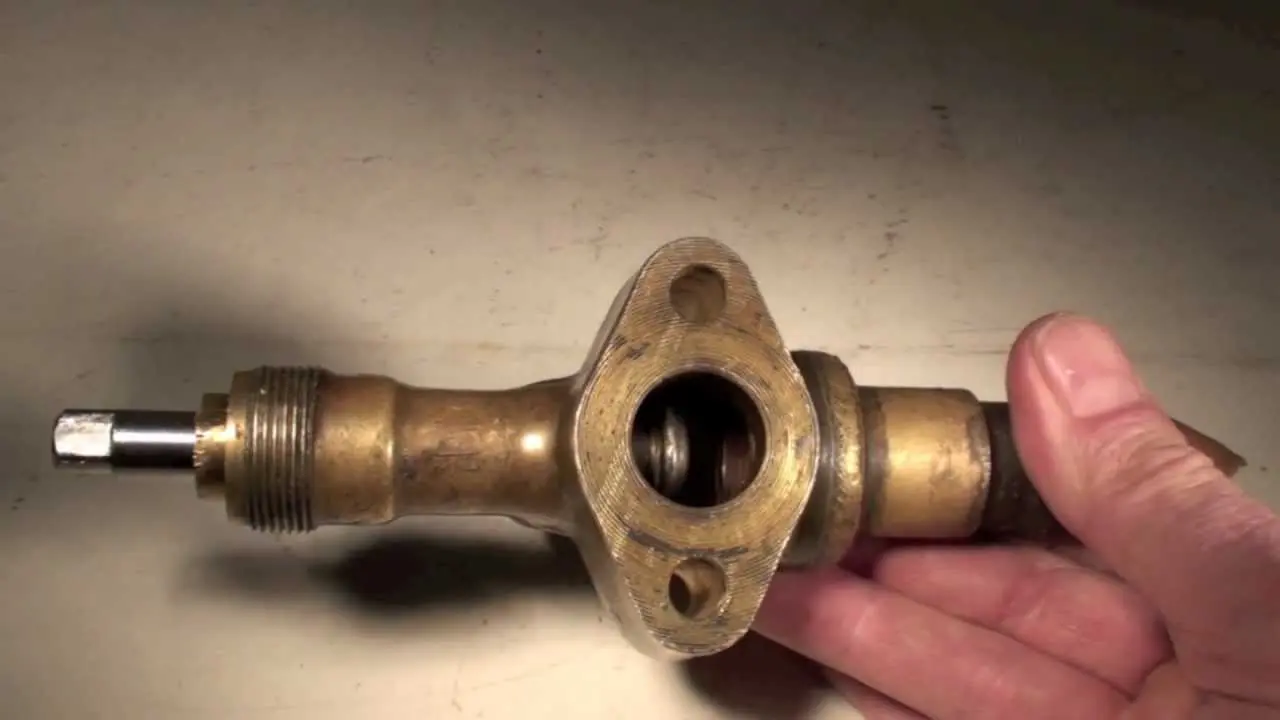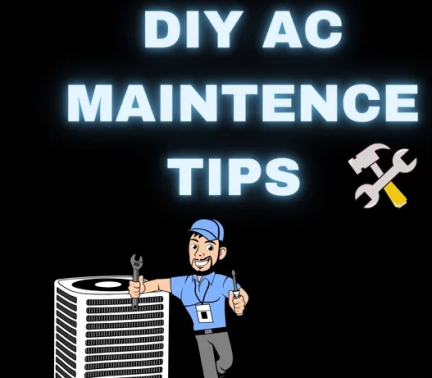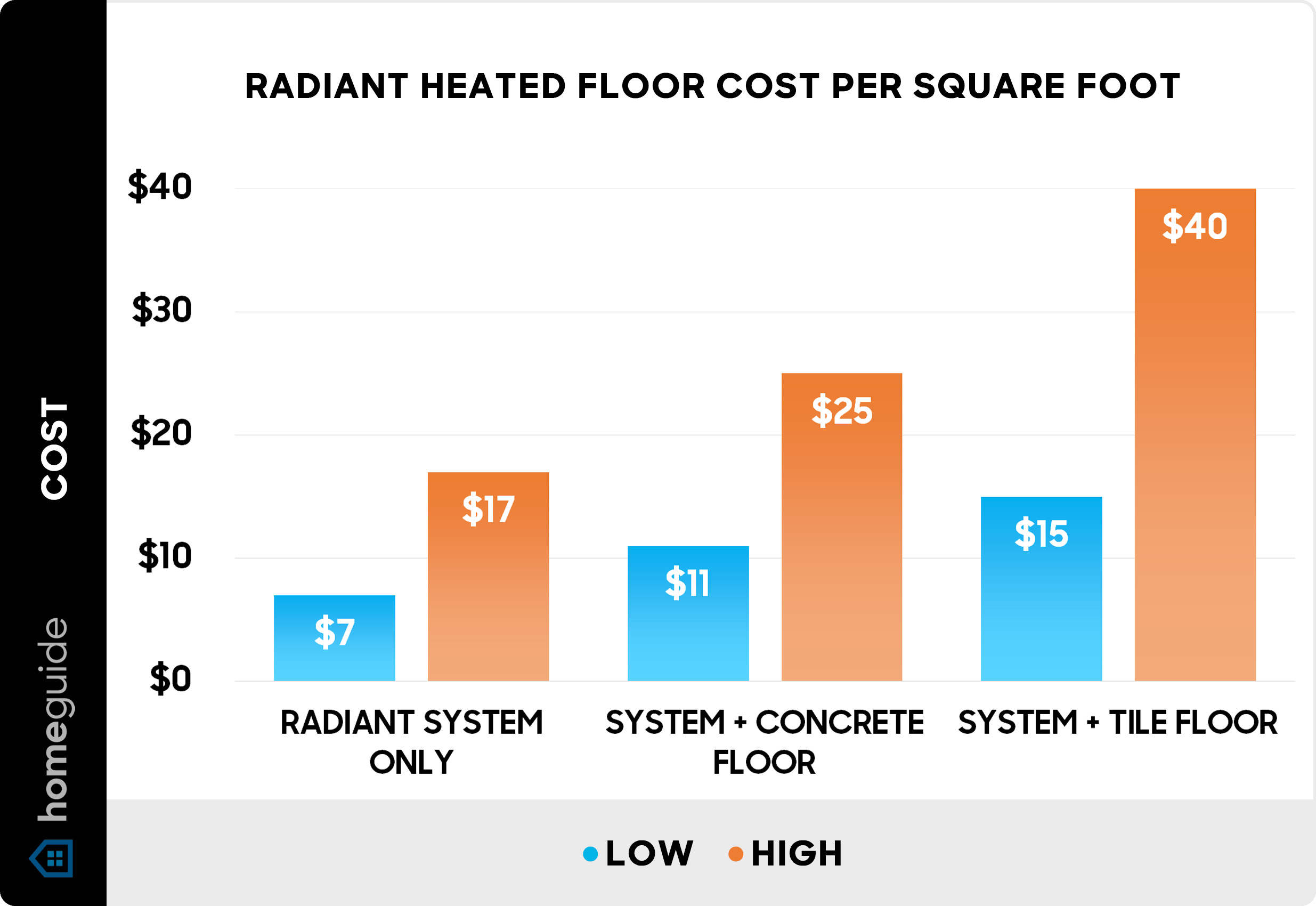The air conditioning system plays an essential role in keeping workplaces, houses, as well as our vehicles comfortable and cool particularly in hot temperatures. But, a lot of people do not completely understand how these systems operate or what parts comprise the air conditioning system. Being aware of the components in the air conditioner can assist you in solving problems or improving the efficiency of your system, as well as making better decisions regarding maintenance or replacement.
In this tutorial, we’ll go over the fundamental components of an air conditioner and discuss their roles for keeping your indoor space cool.
1. Compressor – The Heart of the System
The compressor is among the vital elements of the cooling system. It’s responsible for pressurizing and circulating the refrigerant through the entire system. The compressor is situated in the outside unit in split AC systems It operates as follows:
- Condensing the refrigerant gas into an extremely high-pressure state
- Inducing the temperature of the refrigerant
- sending the high-pressure gas that is hot and hot to the condenser coil.
If the compressor wasn’t there, your AC system wouldn’t be able to transfer warmth from your home out to the exterior.
2. Condenser Coil – Where Heat Is Released
The condenser coil can be another vital component of the air conditioning system. It is situated inside the outdoor unit. The condenser coil’s function is:
- Releasing the hot refrigerant gas from the compressor
- Releases heat into the exterior air via fins made of metal
- The refrigerant is transformed into an extremely high-pressure liquid
An unclean or damaged coil could decrease the effectiveness of the AC unit. Regular maintenance is essential to ensure maximum efficiency.
3. Expansion Valve – Controlling Refrigerant Flow
The valve for expansion (also called the meters device) has a major role in the regulation of refrigerant flow. It’s located between the condenser and the evaporator coil. the primary function of this device is:
- Lowering the pressure of refrigerant liquid with high pressure.
- Allowing the refrigerant’s volume to increase and cool before it enters the Evaporator coil
- Ensure that the right quantity of refrigerant to ensure optimal cooling
If the expansion valve fails this can result in an inefficient cooling process and decreased efficiency.
4. Evaporator Coil – Cooling the Indoor Air
The evaporator coil can be found within the unit that houses the indoor part of the AC system. It is the place where actually the cooling process takes place. It operates through:
- Incorporating heat in indoor air by cooling the refrigerant
- Letting the refrigerant evaporate to form Gaz
- The air is cooled prior to it being circulated through the space
The evaporator coil could significantly affect the efficiency of your AC. This can lead to lower the efficiency of cooling.
5. Air Handler & Blower Fan – Distributing Cool Air
The air handler is home to the blower fan that assists in spreading cool air through your home. Its primary duties for the air handler are:
- Cooling air being pushed through the duct system in different rooms
- Ensure proper airflow to ensure efficient cooling
- Air is recirculated back into the AC system.
If the fan blower has been damaged or dirty this can cause inadequate air circulation as well as uneven cooling.
6. Thermostat – The Control Center
The thermostat functions as the control panel of the air conditioning system. It lets you choose the ideal temperature and also regulate cooling. It works through:
- Monitoring the temperature of the inside
- Switching on or off the AC on or off in order to keep the temperature at the desired level
- Communication with the HVAC system in order to maximize the effectiveness of cooling
Modern thermostats have smart functions that enable remote control as well as scheduling to improve efficiency and energy consumption.
7. Refrigerant – The Cooling Agent
The refrigerant provides the vitality of air conditioning systems. It’s a chemical that cycles between gas and liquid states in order to absorb and release heat. The most common refrigerants are:
- R-22 (Freon) (Freon) – The earlier AC systems utilized the refrigerant R-22, however, it’s been phased out in light of environmental concerns.
- R-410A (Puron) It is a green refrigerant that is used in the latest cooling systems.
If your unit isn’t able to handle the refrigerant could result in inadequate cooling as well as an increase in energy use.
8. Air Filters – Keeping the Air Clean
Air filters are vital to improve indoor air quality through:
- Dust, pollen, and airborne dust
- To prevent debris from blocking the Evaporator coil
- Ensuring that airflow is efficient and cool performance
Cleaning or replacing air filters frequently can boost the efficiency of cooling and extend the life of the AC unit.
9. Drain Line & Drain Pan – Removing Moisture
Air conditioners can also dehumidify the air in your home. The evaporator coil is cooling in the room, it eliminates moisture that is not needed. The moisture accumulates in the drain pan, and is then released by the drain pipe.
- A blocked drain line could cause water leaks as well as the growth of mold, therefore it is important to maintain the drain regularly.
10. Ductwork – Delivering Cool Air
Central air conditioners have the responsibility of ductwork to transport cooling air through the air handler’s various rooms.
- Poorly insulated or leaked ducts will reduce efficiency and can increase the costs of energy.
- The proper duct sealing and insulation will ensure that cool air can reach each space effectively.
Conclusion
Knowing the various components of an air conditioner will help maintain the efficiency of your system and help you troubleshoot problems when they arise. From the condenser and compressor coil to the evaporator as well as the blower fan every part plays an essential function in cooling your home effectively. By knowing the way the air conditioner functions and how it functions, you will enjoy constant cool temperatures, a lower cost for energy, and long longevity. If you have any serious difficulties, consulting with an HVAC expert is highly advised.




Leave a Comment